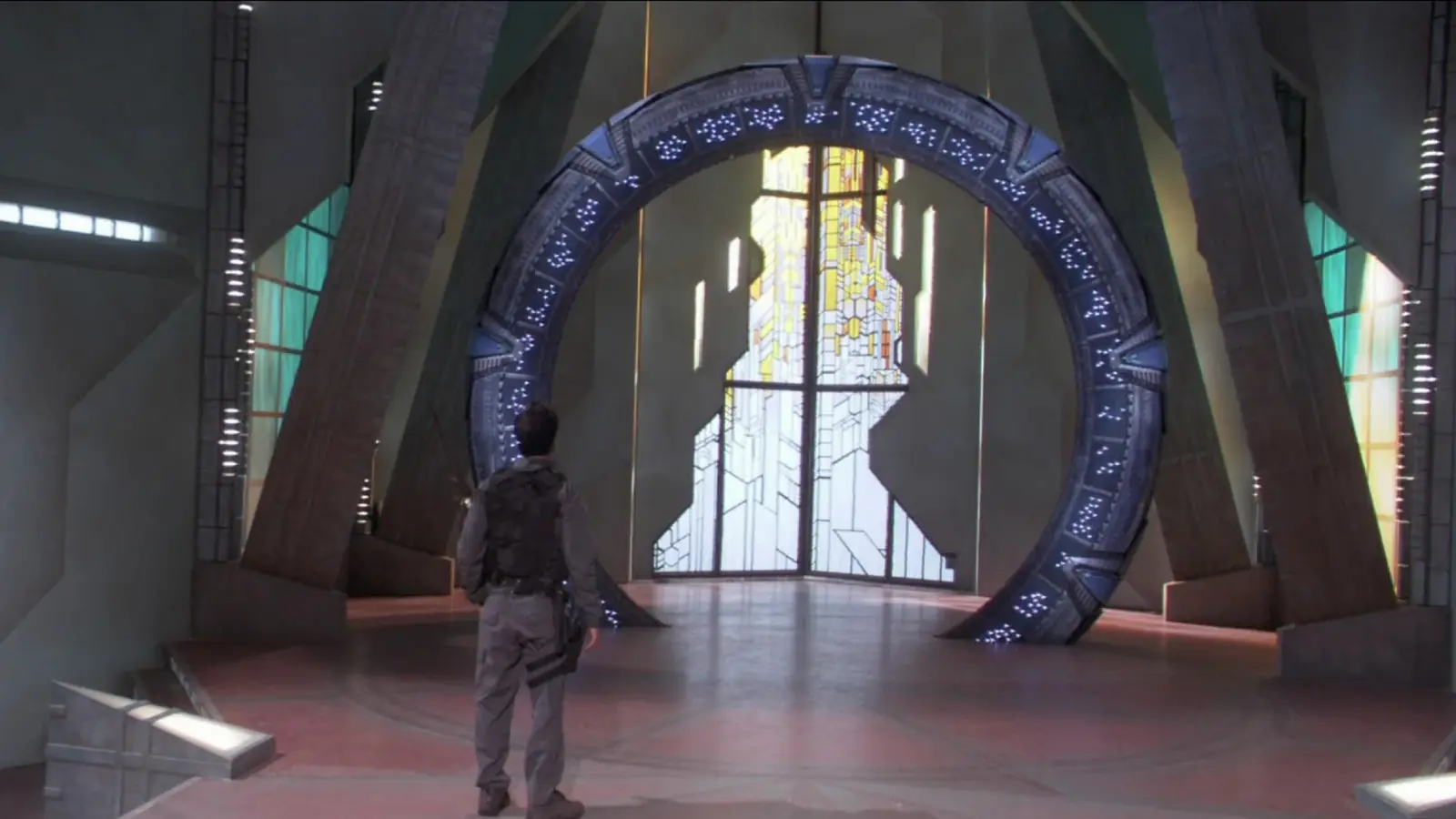The allure of science fiction often inspires enthusiasts to push the boundaries of reality, indulging their fascination with iconic tech by replicating it in the real world. One such piece of technology is the Atlantis Gate from the beloved television franchise, Stargate. Although creating a working intergalactic portal remains squarely within the realm of imagination, a group of passionate Stargate fans has demonstrated the dedication and resources needed to construct a precise replica of this famed gateway.
For the uninitiated, the Atlantis Gate, central to the Stargate universe, serves as a conduit for instantaneous travel across galaxies. This science fiction wonder captivates audiences with its complex design and spectacular function. Constructing a real-world representation of such an intricate piece, even if only for aesthetic purposes, involves considerable effort and no small amount of expense.
In total, the group of Stargate aficionados channeled significant resources into their project, motivated by a shared devotion to the franchise. The costs they incurred to craft their life-sized replica offer a fascinating glimpse into the substantial investment required to undertake such an ambitious endeavor.
A critical portion of the overall cost stems from the materials needed to build the Atlantis Gate replica. Given its sheer size and detail, quality materials were essential to achieve authenticity. Fiberglass, resin, and other durable construction substances played a pivotal role in recreating the gate’s iconic look and feel, ensuring that it could withstand both enthusiastic fan interaction and the test of time.
Beyond the materials, the design phase demanded both skill and precision to capture the Atlantis Gate’s intricate artwork. Detailed schematics and 3D modeling were necessary to replicate the exact nuances of the gate’s elaborate patterns and inscriptions. This crucial aspect of the project involved not only artistic prowess but also technical expertise, elevating the costs alongside procurement of adept artisans and technicians.
Once the design stage was completed, translating these blueprints into a tangible model required a team approach. Various engineers and craftspeople collaborated, dedicating countless hours to this labor-intensive task. Given the scale and ambition of the project, labor costs for skilled contributors accounted for a considerable sum, highlighting the collaborative nature of such complex undertakings.
As with many large projects, the logistics of assembly and housing the replica also added to the financial outlay. Safeguarding such a colossal structure meant planning for both transport and installation, which necessitated specialized equipment and venues. This pragmatic aspect, often overlooked in initial project aspirations, presented additional expenses to the group, underscoring that such replicas are as much logistical feats as they are artistic achievements.
Moreover, technology played a vital role in enhancing the authenticity of the Atlantis Gate replica. Lighting and sound elements were meticulously incorporated to emulate the gate’s on-screen luminescence and distinctive auditory sequences. These enhancements required advanced electronic components and proficient technicians, thereby enriching the replica’s realism and contributing to the overall project budget.
The group’s investment extended beyond the practicalities of construction and assembly. Marketing the replica and showcasing it at events—such as conventions and fan gatherings—entailed additional costs, including transport, setup, and promotional activities. Such exposure not only celebrated the collective’s success but also encouraged wider community engagement and admiration for the project.
In essence, while the construction of a functional Atlantis Gate remains fictional, the pursuit of materializing even a static counterpart showcases the significant expenses involved. The aficionados behind the project revealed their funding grew through a combination of personal funds and community support, indicative of the shared passion for bringing a slice of science fiction to life.
For fans and creators alike, the value of such a project transcended mere financial measures. These initiatives cultivate enthusiasm, spark creativity, and forge bonds within the fan community, illustrating how the costliest investments often yield returns in inspiration rather than currency.
As we marvel at their dedication and ponder the financial commitments associated with such replicas, it becomes evident that these ventures are labors of love, fueled by a vivid imagination and unyielding reverence for the stories that captivate and connect us beyond the tangible world.






